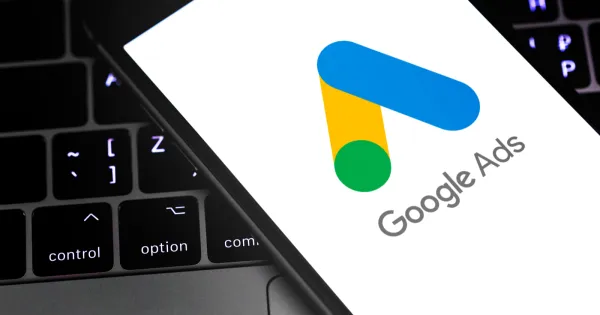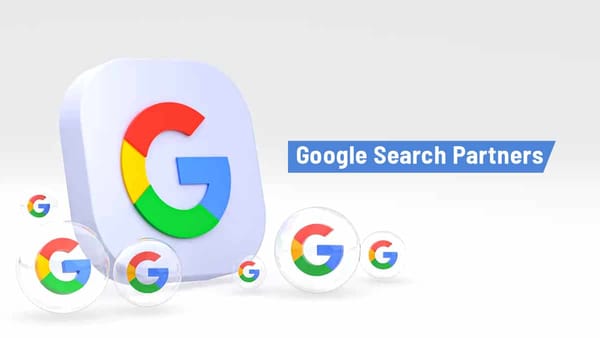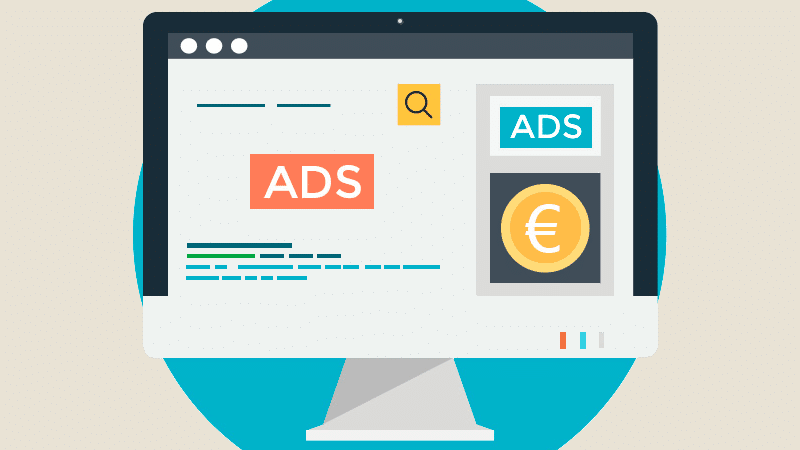How Meta Ads Algorithm Works: A Deep Dive into Ad Targeting and Performance

Introduction
The success of any ad campaign on platforms like Facebook, Instagram, and Messenger depends largely on how well you understand the Meta Ads algorithm. The algorithm governs how ads are placed, how much they cost, and ultimately, how successful they are in reaching the right audience.
In this article, we will break down how the Meta Ads algorithm works, explaining how it determines which ads to show, how it uses data to optimize performance, and what you can do to improve your ad campaigns.
Understanding the Meta Ads Algorithm
The Meta Ads algorithm is a sophisticated system designed to match the right ads with the right users at the right time. It uses data from a variety of sources to deliver relevant ads that engage users and meet advertisers' goals. Here’s a breakdown of how the algorithm works:
1. Auction System
The Meta Ads algorithm operates through an auction system, where advertisers bid for ad placements based on their campaign goals. Ads are shown based on three main factors:
- Bid: The amount an advertiser is willing to pay for their ad to be shown.
- Estimated Action Rate: A prediction of how likely it is that a person will take a desired action (e.g., clicking the ad, making a purchase).
- Ad Quality: Meta assesses the overall quality of your ad, which includes factors like relevance, engagement, and user feedback.
The combination of these factors determines whether your ad wins the auction and gets shown to your target audience.
2. Audience Targeting
Meta’s algorithm relies heavily on audience targeting. It uses user behavior (what people like, share, or comment on) and demographic data (age, gender, location, etc.) to determine the most relevant audience for your ad. The more precise your targeting, the more likely your ad will be shown to people who are likely to engage.
- Custom Audiences: You can upload customer data, such as emails, to target specific groups.
- Lookalike Audiences: Meta’s algorithm also allows advertisers to target people who are similar to their existing customers.
The algorithm continuously learns from user interactions to improve targeting, showing your ads to the most relevant people over time.
3. Ad Placement and Delivery
Meta Ads appear on several different platforms, including Facebook, Instagram, Messenger, and the Audience Network. The algorithm decides where to place your ad based on:
- Placement Settings: Advertisers can choose automatic or manual placements.
- Ad Performance: The algorithm tests and optimizes placements for the best results, ensuring your ad is shown where it is most likely to succeed.
- User Behavior: Meta considers where users are most active (e.g., scrolling through Instagram vs. browsing Facebook) when deciding where to show your ad.
4. Relevance Score
Meta’s algorithm uses a relevance score to measure how well your ad resonates with your audience. This score is determined by various factors, including:
- Engagement: Likes, shares, comments, and clicks.
- Negative Feedback: If users hide your ad or mark it as irrelevant, it negatively impacts the score.
- Ad Quality: Meta evaluates the quality of your ad based on the creativity, messaging, and overall experience.
The relevance score influences how often your ad will appear in users’ feeds and at what cost. The higher the relevance score, the more likely it is that your ad will be shown to your audience at a lower cost.
5. Budget and Bidding
Meta Ads work on a budget and bidding system. The algorithm uses your daily or lifetime budget to decide how often and where to show your ads.
- Bid Strategies: You can select between manual or automatic bidding, which affects how much you’re willing to pay per impression or click.
- Optimization Goals: Meta optimizes ad delivery based on your goals, whether it’s generating clicks, conversions, or impressions.
The algorithm aims to balance cost-efficiency with ad performance, ensuring your budget is spent on ads that will drive results.
How to Optimize for Meta Ads Algorithm
Now that you understand how the Meta Ads algorithm works, it’s important to know how to optimize your ads to get the best results. Here are some tips:
1. Improve Your Ad Quality
Create engaging, relevant ads with a strong call-to-action (CTA). Use high-quality visuals and concise, persuasive copy to capture attention. Test different ad formats (single image, video, carousel) to see what resonates most with your audience.
2. Refine Audience Targeting
Target your audience based on their behavior, interests, and demographics. Experiment with Custom Audiences and Lookalike Audiences to find the best fit for your business. The more refined your audience, the more likely the algorithm will deliver your ad to the right people.
3. Test Multiple Placements
Allow Meta’s algorithm to optimize ad placements for you by choosing automatic placements. Test your ads across different platforms like Instagram, Facebook, and Messenger to identify where your ads perform best.
4. Optimize for Conversion Events
If your goal is to drive conversions (e.g., purchases, sign-ups), ensure your ad is optimized for the conversion event. The algorithm will prioritize showing your ad to people more likely to take action based on past behavior.
5. Monitor and Adjust Campaigns Regularly
Regularly review your campaigns using Ads Manager to see how your ads are performing. Look at key metrics such as CTR (Click-Through Rate), CPC (Cost Per Click), and Conversion Rates. Use this data to optimize your ads by tweaking targeting, creative, and budget settings.
Conclusion
Understanding how the Meta Ads algorithm works is key to running successful campaigns on Facebook and Instagram. The algorithm uses a combination of bidding, targeting, ad quality, and performance metrics to decide which ads to show to which users. By focusing on high-quality ads, precise targeting, and budget optimization, you can harness the power of the algorithm to drive better results for your business.
Keep experimenting, testing, and analyzing your campaigns to make the most out of Meta’s powerful advertising platform.




